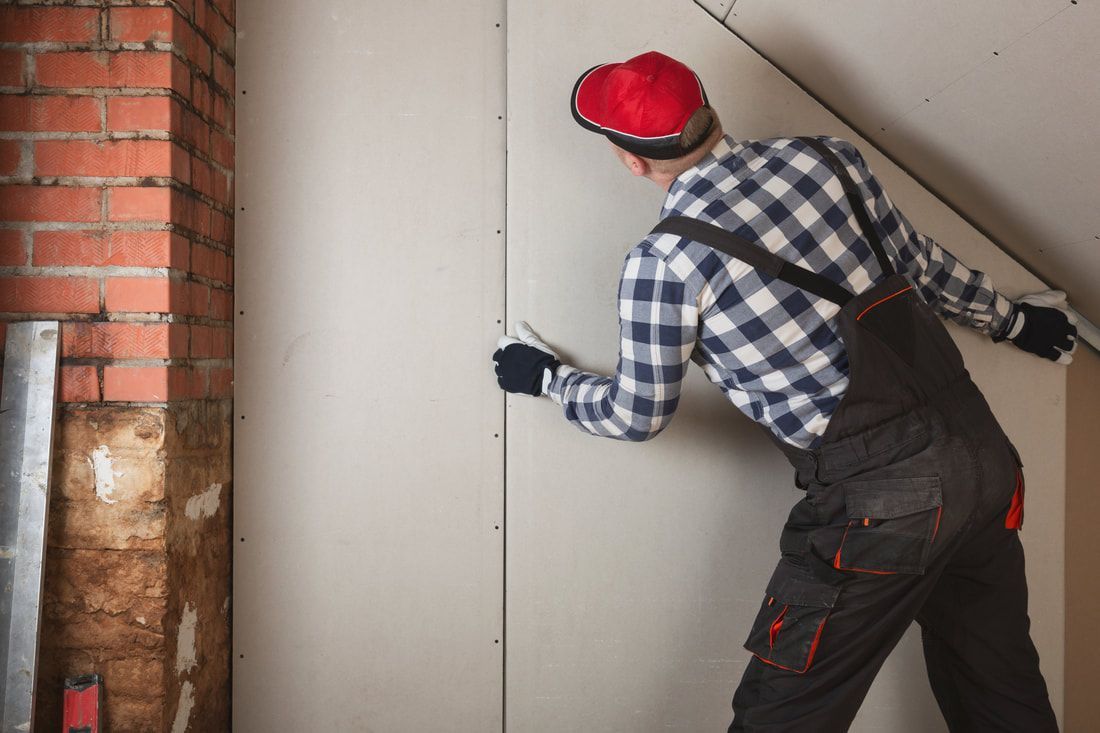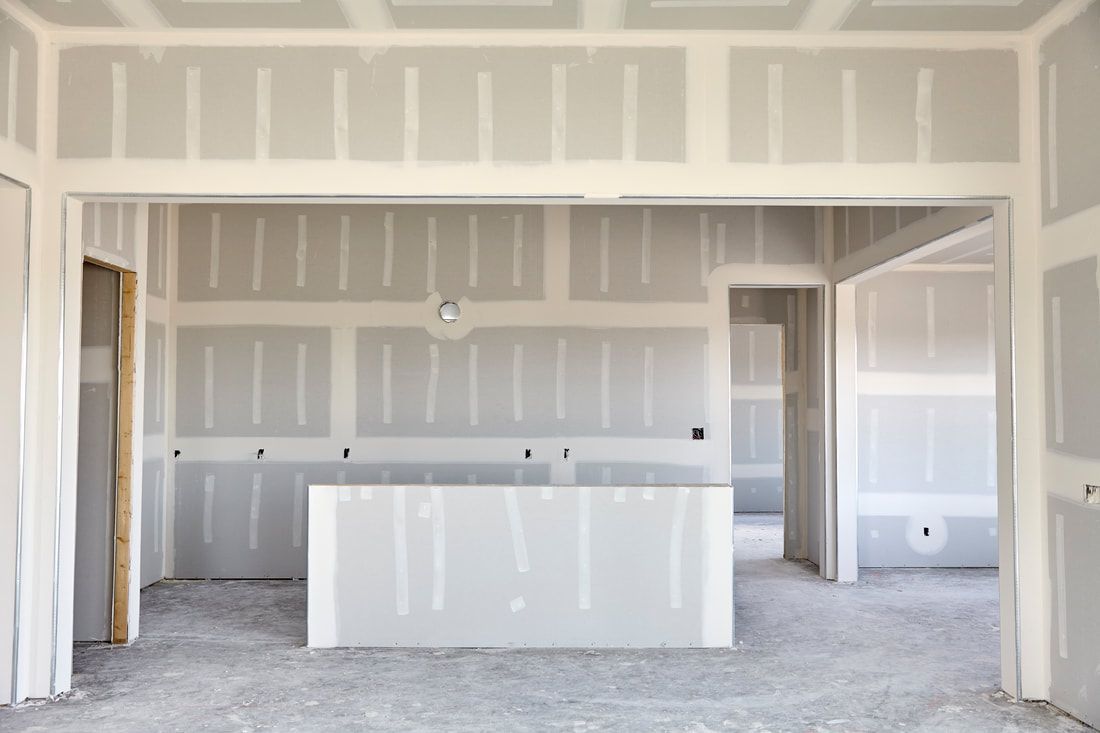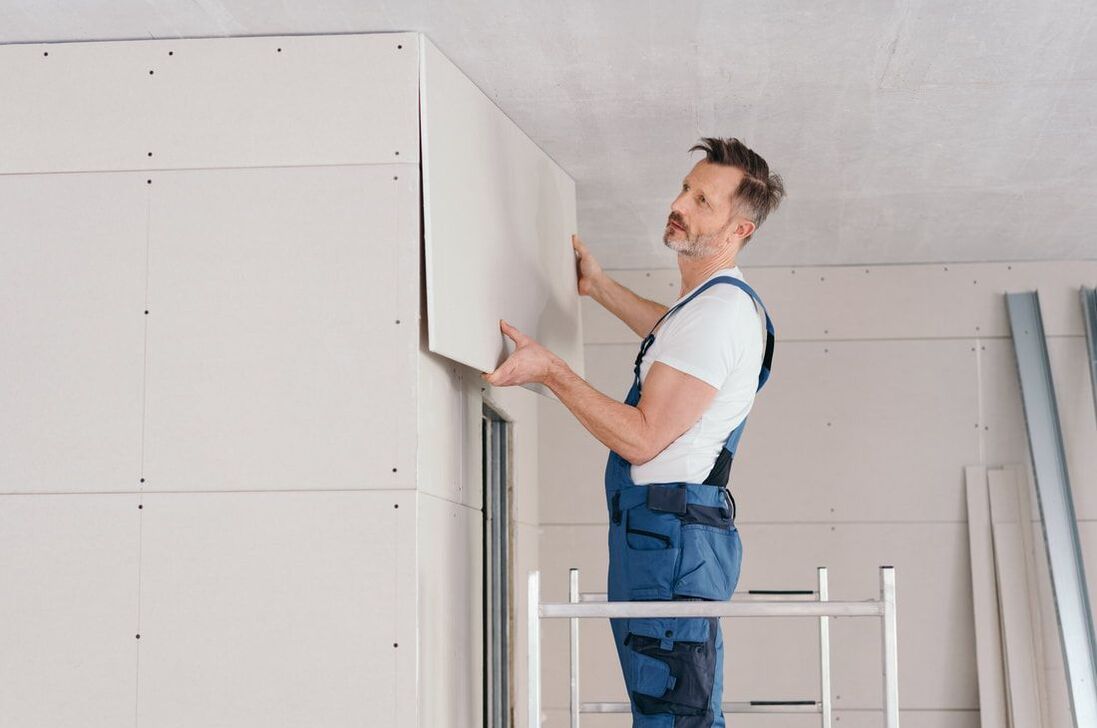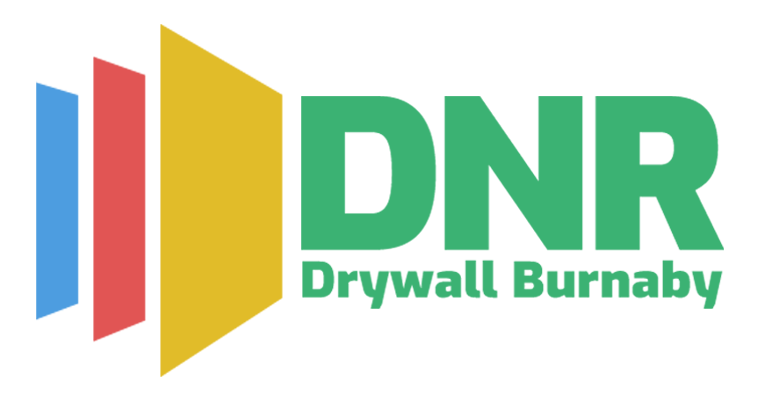Drywall Boards & Hiring a Contractor
Contrary to popular belief, drywall work is a time consuming and dangerous project. It is not as easy as they make you believe in YouTube videos. For example, did you know that gypsum dust can cause respiratory illness? Other conditions include a running nose and watery eyes. If you are not a skilled tradesman, we advise you do not DIY your drywall installation.

Why should you avoid doing your own drywall?
1. You are Not a Skilled Tradesman
Let us break it down for you. To get a drywall job in Burnaby BC, you must undergo an apprenticeship program as a drywall finisher and plasterer for no less than 5,400 hours. This is for approximately three years. You are also required to have in-school training for at least 480 hours.
GET FREE QUOTE TODAY!
GET YOUR FREE QUOTE TODAY!
As part of your in-school training, you will learn about safety procedures such as hanging gypsum panels in ceilings that are more than 10 feet high and the required taping standards. You are also required to learn about plasterboard repair, ornamental molding and cornice molding. Why would you assume that you can bypass all these qualifications and properly install gypsum?
2. It is a Dangerous Job
Drywall ceiling installation is a dangerous job. You require to be trained on the use of safety equipment and the type of equipment to use. Apart from the risk of falling and breaking a hip, you also risk inhaling plasterboard dust particles that may cause respiratory illness. Because it is a dangerous job, most provinces require the drywaller to be bonded and insured. Especially when considering removing your popcorn ceiling due to the prominent use of asbestos in the early days of installation. The use of asbestos was banned in later years, however if you have an older home with a popcorn ceiling there is a possibility of it being present. Call our DNR Drywall contractors to have it safely inspected to ensure there isn't any asbestos present in your home.
3. You Get an Unfavorable Drywall Price
As a end user, you will not be able to buy drywall sheets at the same price as drywall contractor with an established relationship with the supplier. Experienced tradespeople buy their sheets in bulk, and this reduces the final cost. When you purchase the sheets on your own, you will buy at retail price and incur logistical charges.
4. It is Expensive
The reason why people call professionals is that it is cheaper in the long run. For example, there are some tools that you require for a gypsum installation project. These tools are:
- A Renegade Drywall Sander: This tool costs around $350. It has a rotating disc at the end and is used to sand walls and ceilings.
- A Trim-Tex Automixer: This tool costs around $350 and is used to mix compounds.
- T-Square tool: This is a 48-inch length tool that is used to cut perfect corners. It can be adjusted to cut corners of various angles ranging from 30, 45, and 70 degrees.
- A Utility Knife: This tool is used for cutting plasterboards into the required size.
- A Sanding Pole: It works the same way as a renegade sander.
Types of Sheetrock on the Market
Though there are several types of sheetrock in the market, you should only buy that which helps your cause. For example, before installing the panels, we first ask the client about the problems he is facing and then use his/her statement to develop a possible solution. Maybe the house has mold infestation; in this case, we use mold-resistant panels. So which are the most common types of boards in the market?
Regular Drywall
These boards are sometimes also referred to as whiteboards. They are designed to be economical and have a thickness of 3/8 – 1 inch. It measures four by 8 feet and is suitable for use in ceilings and walls. Keep in mind that this board has no unique enhancements and is only suitable for decorative purposes.

Green Drywall Boards
Green boards are also sometimes referred to as moisture-resistant boards. For this reason, the panels should be installed in moisture-prone areas such as the bathroom and kitchen areas. Though it is more expensive than whiteboards, keep in mind that it is not waterproof. If you want to have a board installed in the shower, it is advisable to use a cement board.
Blue Boards
Blue boards are also known as plasterboards. They are used for veneer plastering because it has unique absorption properties. Just like green boards, it can be used in the bathroom areas and other moisture-prone areas in the house.
Mold Resistant Drywall
Mold resistant boards are also sometimes known as purple boards. This type of board is suitable for use where there is excess moisture in the house.
Type X Drywall
Type X boards are sometimes referred to as fire-resistant panels. They are designed to increase the building's fire rating by more than 60 minutes because they are made of several thick layers made of non-combustible fibers. Type X boards have a thickness of 5/8, which also improves on its soundproofing abilities.
If you are looking for more fire-resistant boards, then you can try out type C boards. Unlike Type X, Type C drywall has a fire rating of 4 hours.


Paperless Boards
Soundproof boards are boards that are designed to either reflect or absorb sound energy. When it reflects sound energy, it reduces the amount of vibration entering your house, which means less sound pollution. Soundproof boards are made from a mix of polymers, gypsum, and wood fibers.
If you have a man cave, a movie studio in your home, or live near a busy market, give us a call, and we will provide you with a free no-obligatory quote.
Eco-Friendly Drywall
An eco-friendly gypsum board is sometimes known as an environmentally friendly board. An example of an eco board is the Eco Rock. The Eco Rock board is made of more than 20 different recycled materials that create an end product that is mold and termite resistant. Another Eco-friendly board is the Enviroboard that is made from agricultural waster fibers.
